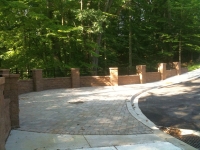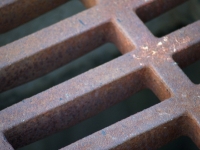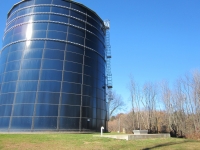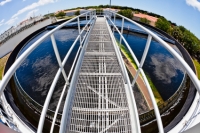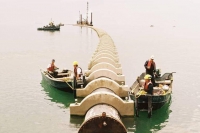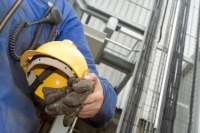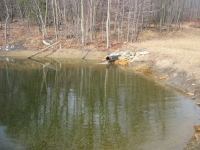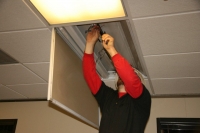Case Study: Water Quality Retrofit and Retaining Wall Remediation
Thu, Feb 09, 2012The City of Takoma Park, Maryland, needed to replace a failing retaining wall that supports a roadway in a small residential development. The Linden Avenue site is directly adjacent to Sligo Creek, which is a tributary of Anacostia Creek, a river undergoing a significant restoration effort. T. E. Scott & Associates, Inc., designed a replacement for the failing retaining wall infrastructure, created a pocket park for the local residents, and provided water quality treatment for the unmanaged watershed. This combination of aesthetic and environmental improvements adds value to the project. We�ll look at some stormwater flow design calculations, a storm water flow splitter, an urban modular wetland unit, a step/plunge pool, and an interesting retaining wall design.

